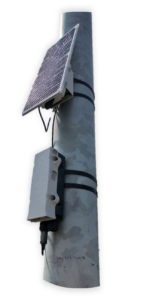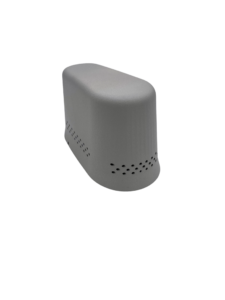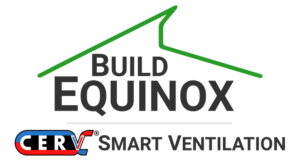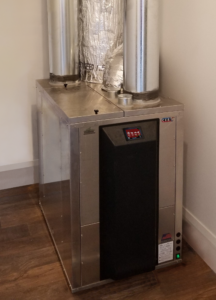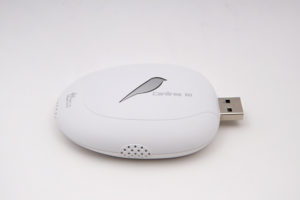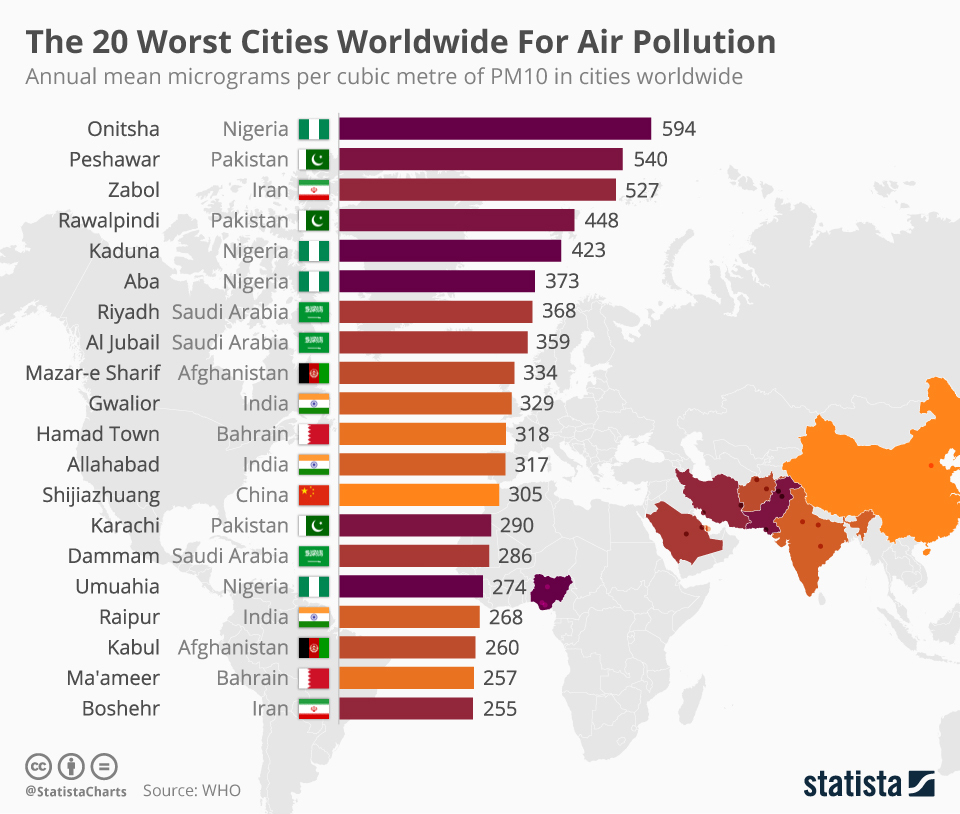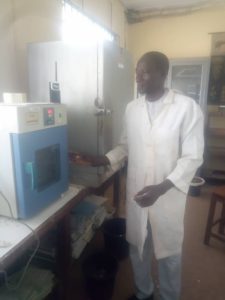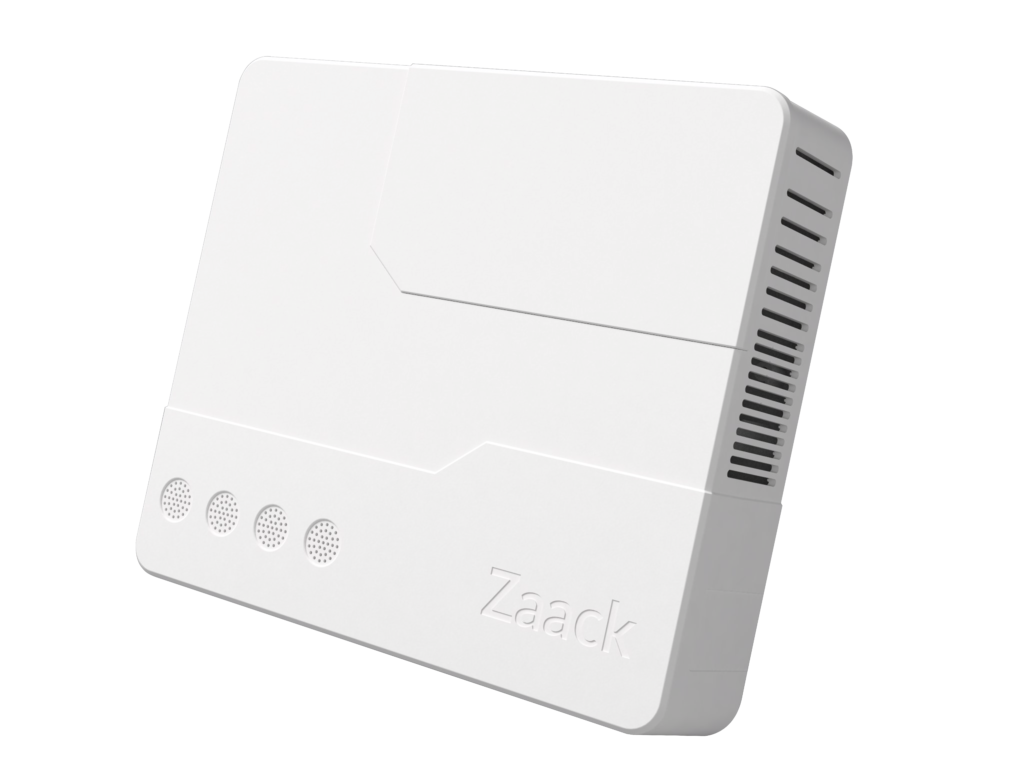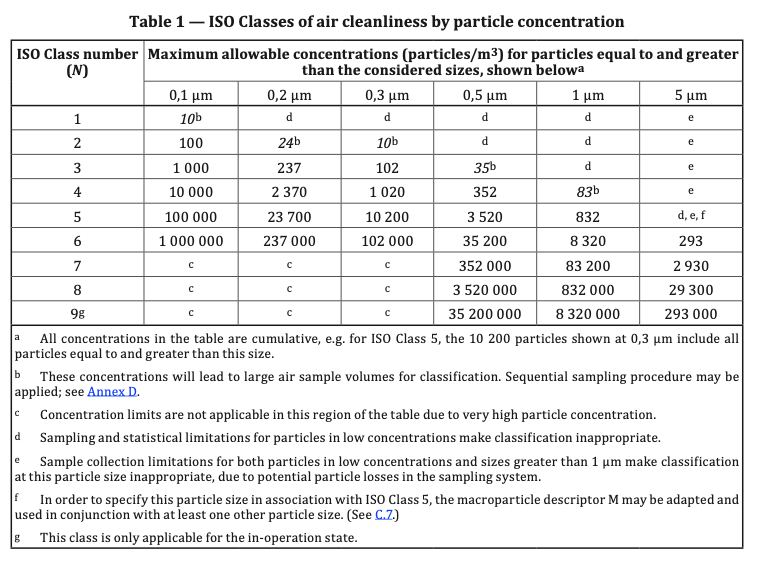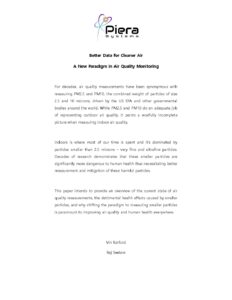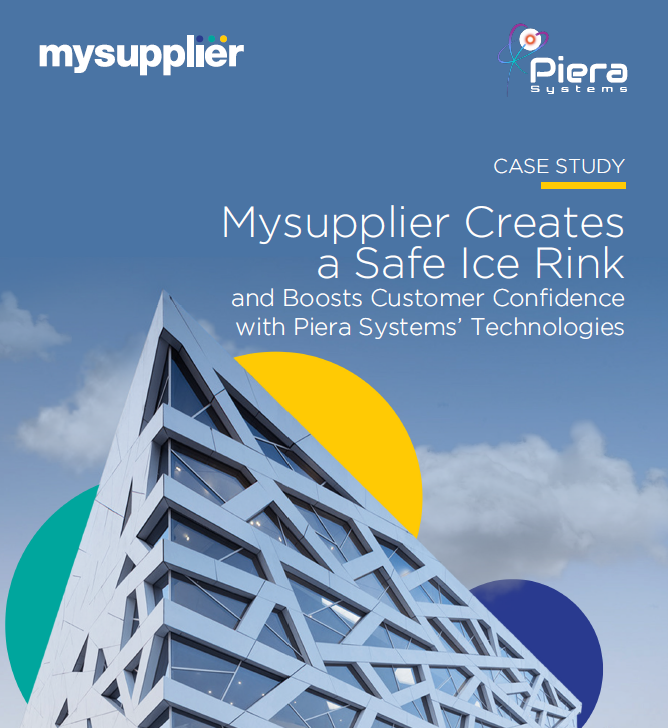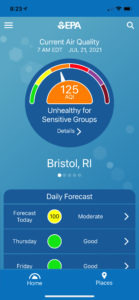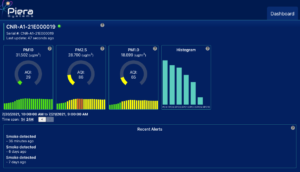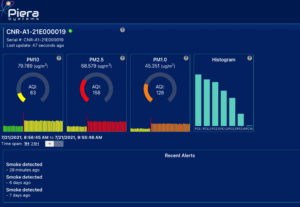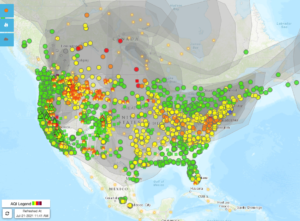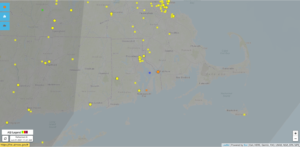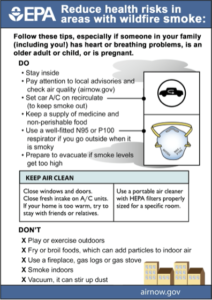Scottsdale, Arizona – Mar 15, 2022. Piera Systems (“Piera”) is pleased to announce a collaboration with Sensorbee in its release of highly accurate Outdoor Air Quality Monitors (“AQM”). Sensorbee, based out of Linkoping, Sweden, makes highly differentiated outdoor monitors to provide cities with extensive, hyper-local air quality measurements to enable their Smart City plans.
“Air pollution is an enormous global health problem and our ability to combat it starts with accurately measuring it. We couldn’t be more pleased with our collaboration with Piera and the quality of their particle sensors,” said David Löwenbrand, CEO of Sensorbee. “We are now able to offer highly accurate outdoor air quality monitors while unlocking brand new applications.”
Outdoor air quality monitoring has traditionally focused on PM2.5 and PM10 but many pollution sources including wildfire smoke and diesel pollution contain particles in the sub-micron range. Many of these smaller particles infiltrate indoor spaces where most of our time is spent and they pose the greatest danger to human health thus making their measurements imperative to improving health outcomes.
Ability to accurately track sub-micron particles in real-time opens new applications such as tracking diesel vehicles in urban environments and identifying likely sources of pollution even in large metropolitan areas. As cities ramp up their commitments to provide more breathable environments for their citizens, better data can offer vital insights that can inform more efficient mitigation efforts.
“A sound Smart City plans starts with better data at its heart and we are excited to work with Sensorbee as they deploy their highly accurate outdoor air quality monitors to market. Ability to accurately monitor outdoor air quality is critical to cities racing to meet their Climate Change commitments,” said Vin Ratford, CEO of Piera Systems. “Traditional outdoor monitoring of larger particles like PM2.5 and PM10 is simply inadequate and real-time monitoring of sub-micron particles is essential to improving breathability everywhere.”
About Piera Systems, Inc.
Piera Systems Inc. is on a mission to make air quality measurement accurate, simple, inexpensive, and pervasive, enabling a major improvement in the health of all humans. Piera has developed a family of ‘Intelligent Particle Sensors’ utilizing a breakthrough custom processor to detect particulate matter (PM), a major component of air pollution. Unlike existing low-cost PM sensors, IPS has superior accuracy over a wider range, including harmful ‘very fine particles’ smaller than 1.0 micron, and reports particle size and count in real-time at low power. IPS is the first software defined PM sensor with up to 7 particle sizes allowing its use in many applications. IPS data is analyzed using AI/ML algorithms to identify and classify pollution sources such as vape, cigarette smoke, cooking, etc. IPS sensors and Canāree air quality monitors answer the question, ‘What’s In Your Air?’
Headquartered in the US, more information on Piera Systems air quality solutions can be found at https://www.pierasystems.com
About Sensorbee
Founded in 2018 is a cleantech startup that provides ultra-local, air quality sensors, data, and cloud-based analytics solutions. Sensorbee’s solution is based on mobile and stationary sensors and offers comprehensive visibility into the air pollution and emissions in urban environments. Sensorbee enables governments and companies to reduce air pollution globally.
Headquartered in Sweden, more information on Sensorbee air quality can be found at https://www.sensorbee.com
Contact Information
Raj Seelam
Vice President of Marketing & Customer Success
David Löwenbrand
CEO
+46 101385373

